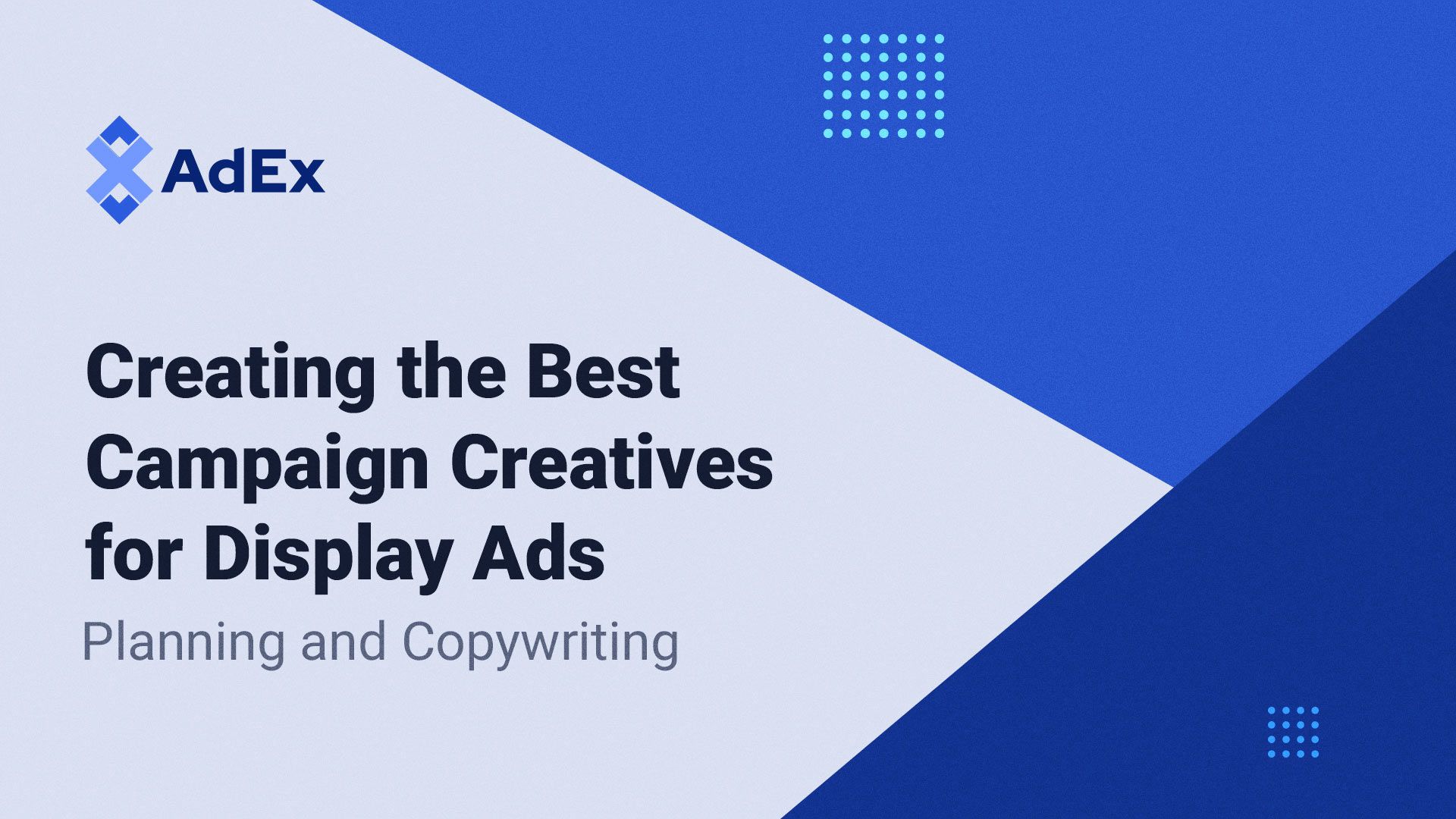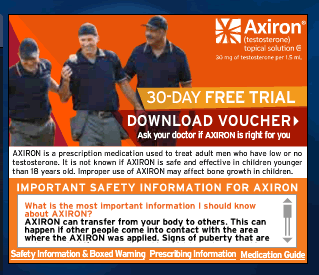Creating the Best Campaign Creatives for Display Ads: Planning and Copywriting
This article covers the essential elements of planning and copywriting for display ad creatives, ensuring your messaging is clear, compelling, and aligned with campaign goals. Learn how to craft ads that effectively drive results.

Creating an effective display ad involves more than just targeting the right audience - it requires a strategic approach that combines data-driven insights with ongoing optimization to improve reach and conversions. Equally important is ensuring that the messaging is clear, compelling, and aligned with the campaign’s goals. In this article, we’ll cover the key elements of display ad creatives planning and copywriting to help you create campaigns that effectively drive results.
The importance of planning
The foundation of any successful display ad campaign lies in careful planning. It’s not enough to have a creative idea - you need to align that idea with your broader marketing goals, identify your target audience, and structure your message to resonate with viewers.
Before jumping into the creative process, it’s important to ask yourself a fundamental question: Why are you running this display ad campaign? This will help clarify your campaign's primary objective and guide your decisions regarding copy and design elements. What is your goal - conversions or brand awareness?
Ultimately, your campaign's objective will shape both the creative and the copy. Awareness-focused campaigns may allow for more descriptive messaging, while conversion-focused campaigns benefit from concise, action-driven language and clear CTAs.
Know your audience inside and out
Even if you’ve already defined your target market in other areas of your marketing, it’s essential to revisit and refine your audience for each display ad campaign.
In addition to considering obvious demographics, such as age, gender, and location, you also need to consider your users’ interests, behaviors, and pain points.
Think about whether your audience is familiar with your brand or encountering your product for the first time. If they are new to your brand, you might need a softer sell, but if they are returning customers, a more direct promotion or reminder might work better.
Create variations of the banners
It is important to have a few versions of the banners. Later on, we will cover testing and optimization but in short, prepare several variations of the banners because you want to find the best ones that your particular desired audience can relate to and will respond better to.
Key elements of effective banner ads
There are several crucial factors that make a banner ad successful, and each element needs to be considered in the planning phase:
- Relevance to the audience: Tailor your message to resonate with the specific group of people you aim to reach. Understanding your audience’s interests, preferences, and pain points can make your message more engaging and effective.
- Clear and compelling message: Prioritize clarity in your messaging to ensure your banner communicates its main idea quickly and effectively. A straightforward and impactful message can capture attention and encourage viewers to learn more about your offering.

- Strong Call-to-Action (CTA): Include a compelling CTA, such as "Buy Now" or "Learn More," to prompt viewers to take action. A well-crafted CTA guides users on what to do next and creates a sense of urgency that can drive conversions.
- Attractive and legible design: While the visual aspect of the design is important, planning where and how to display your message is equally crucial. A well-designed ad that is both visually appealing and easy to read can enhance viewer experience and engagement.
- Appropriate banner size and format: Choose the right dimensions for your ads based on the platform and placement. Ensuring that your banners fit correctly on different sites and devices can maximize visibility and engagement.
Writing the copy for display ads
Display ads offer limited space, so every word counts. When crafting your ad’s message, think about how to convey your main points in the shortest, most impactful way possible using understandable, relatable language.
Headline or punch line
Your headline should immediately capture the viewer’s attention. Whether it’s a bold statement or a provocative question, simplicity is key. The headline should evoke curiosity, encourage engagement, and hint at the benefit your product or service offers.

Premise or offering
A supporting line can further clarify what you're offering. This could be an explanatory line about the product, a special promotion, or the value your product provides. Again, keep it brief—ideally, a single sentence that enhances your headline without overwhelming the viewer.
Call-to-Action (CTA)
Your CTA should trigger action, guiding the viewer on what to do next. Common CTAs include:
- Learn more
- Buy now
- Sign up today
- Download now
To stand out, you can get creative with your CTA—especially if your audience is younger or more tech-savvy. Don’t hesitate to test alternative CTA phrases such as “Find out why” or even playful variations like “Check it out!”

The role of emotion in copywriting
People respond to emotion, and storytelling is one of the best ways to engage your audience emotionally. Rather than focusing solely on your product's features, emphasize the benefits and the emotional payoff for the user.
For example, instead of saying, "Buy the best cryptocurrency wallet," highlight the end benefit: "Secure your assets with confidence anytime, anywhere."
Focusing on the outcome rather than the product itself allows you to connect with the viewer's desires and needs.
Common mistakes in banner design: Examples



Examples of good banner ad creatives




Testing and optimization
A key component of any successful ad campaign is A/B testing. Testing variations of your ads is essential to understanding what resonates best with your audience. Here’s how to do it effectively:
- Test one element at a time: If you test multiple changes simultaneously, it’s difficult to determine what made the difference.
- Common elements to test: CTA text, headline, supporting copy, button color, or even imagery.
- Use data to refine your copy: Pay attention to which version drives more clicks and conversions, then optimize accordingly.
Bootstrap testing
If you’re working with a smaller budget, you can “bootstrap” your A/B testing by sharing different versions of your ads with friends, colleagues, or a trusted community. This can give you valuable feedback before you fully launch.
The future of optimizing banner creatives with AI
The future of optimizing banner creatives with artificial intelligence (AI) is poised to significantly impact digital advertising through dynamic content personalization. By utilizing machine learning to analyze user interaction data, AI can create personalized ad experiences that adjust content and visual elements in real time based on individual preferences. This capability aims to enhance the relevance and engagement of ads, which may increase the likelihood of conversions as users encounter ads tailored to their interests.
Additionally, AI is expected to enhance messaging and calls-to-action (CTAs) by analyzing what resonates with various audience segments. This technology will facilitate automatic A/B testing, allowing for a more efficient process of identifying the most effective ad variations. As AI continues to advance, developments such as real-time audience segmentation and sentiment analysis are anticipated, enabling marketers to create adaptive and impactful ad experiences that provide value to both brands and consumers.
Many marketing companies, including AdEx, are actively researching how AI can be leveraged to improve the effectiveness of advertising campaigns. Learn more about our plans to integrate AI here.
Conclusion
Creating a successful display ad campaign requires a blend of strategic planning, targeted messaging, and continuous optimization. By aligning your creatives with clear marketing goals, understanding your audience, and crafting compelling, concise copy, you can create ads that effectively capture attention and drive results. Testing and refining your ads through data-driven insights further ensures that your campaigns continue to improve, maximizing engagement and conversions. With the right approach, your display ads can become powerful tools for achieving your marketing objectives.
As AI technologies continue to evolve, they will enable marketers to create even more engaging and tailored ad experiences that align closely with user preferences, ultimately leading to greater success in achieving marketing objectives.
Interested in AdEx? Follow us:
X (Twitter) | Telegram | Reddit | Facebook | LinkedIn
